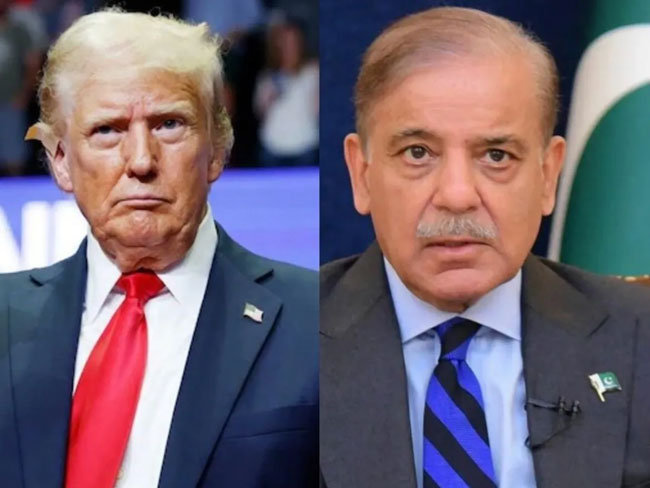Desk:Former U.S. President Donald Trump began tightening his stance on Pakistan by reinstating $397 million in U.S.-backed program funds. This funding aims to ensure that Pakistan uses U.S.-manufactured F-16 fighter jets solely for counterterrorism operations and not against India. During the 2019 Pulwama attack fallout, Pakistan had deployed its F-16s against India, which had soured relations between the two nations.
In response to the Pulwama attack in February 2019, India conducted the Balakot airstrike. Pakistan retaliated by deploying F-16 fighter jets against India, one of which was shot down by Indian Air Force Wing Commander Abhinandan using a MiG-21. The U.S. was displeased with Pakistan’s use of the F-16s against India. At the time, a senior U.S. diplomat sent a letter to Pakistani Air Force officials in August, reprimanding them for misusing the U.S.-supplied fighter jets and compromising shared security. The letter, written by then-Under Secretary for Arms Control and International Security Affairs Andrea Thompson, addressed U.S. concerns over the use of F-16s in Kashmir.
According to a Reuters report, the Trump administration reinstated $5.3 billion in previously halted foreign aid to Pakistan, which includes the $397 million allocation to monitor F-16 usage. The remaining funds are primarily directed toward security and anti-narcotics programs, with only limited humanitarian aid. Upon taking office on January 20, Trump had imposed a 90-day freeze on foreign aid, halting funds for programs tackling famine, deadly diseases, and humanitarian assistance for millions of displaced individuals worldwide.
U.S. Secretary of State Marco Rubio emphasized that all foreign aid should align with Trump’s “America First” priorities. By the end of January, exemptions were granted for key U.S. allies in the Middle East, including Israel and Egypt, allowing them to receive military and life-saving humanitarian assistance. Reuters reported that as of February 13, 243 additional exemptions had been approved, totaling $5.3 billion. This extensive exemption list provides the most comprehensive record of aid funds permitted despite Trump’s freeze and reflects the White House’s intention to cut aid to programs it deemed non-essential to U.S. national security.




